It’s no secret that bats have a bad reputation. Education is a necessary tool to combat myths and misinformation. SLT participated in this education in July at a Bat Program, where the land trust identified bats with a bat detector.
There are several species of bats in the Pine Tree State – Big Brown Bat, Hoary Bat, Silver-haired Bat, Eastern Red Bat, Northern Long-eared Bat, and Little Brown Bat to name a few.
Of these bats, 4 of them were detected by SLT on July 30th: Big Brown, Eastern Red, Hoary, and Silver-haired.
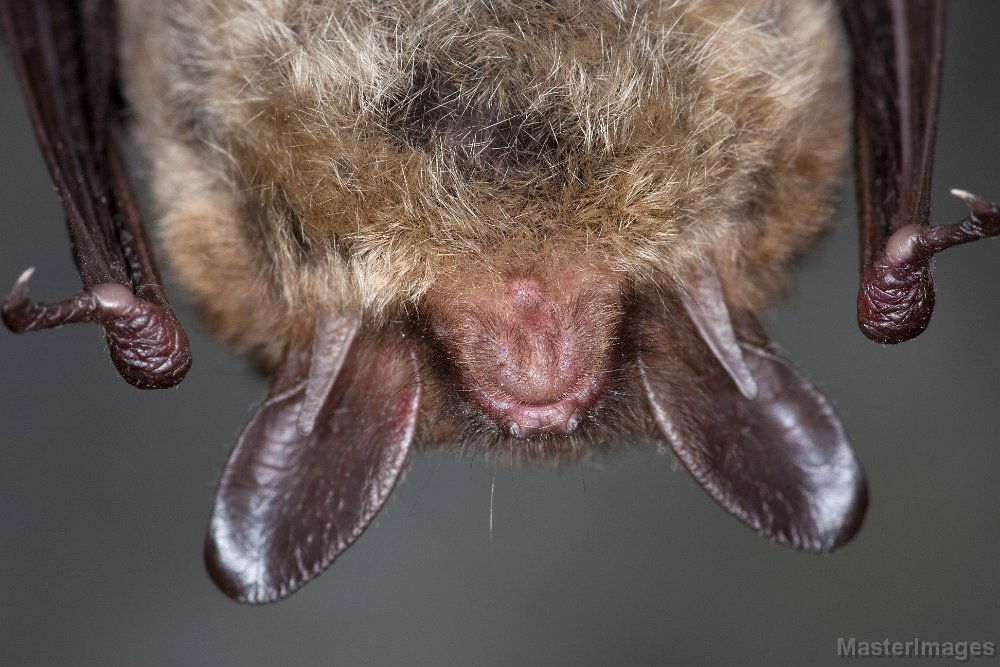
Northern Long-eared Bat by Larry Master, www.masterimages.org
SLT used the “Echo Meter Touch 2 Pro” detector by Wildlife Acoustics. This small, smartphone compatible device picks up high frequency bat calls and plays them back in real time at a frequency that humans can hear!
This technology has come a long way in the last few years. Bat detectors were once large, stationary, and mountable models but are now small and travel-friendly. This particular detector requires the user to download an app on the smart device to serve as the software. The device is then “plug-and-play” allowing the user to easily begin the detecting process. One can simply insert the detector in the charging port of the smart phone, open the app, and hit ‘record’.

Pettersson bat detector (2018) by Abby Wilson
It is important to consider that as technology gets more accessible, affordable, and easy to use, detectors may need to be cross-checked with other higher quality models.
Cory Stearns, Small Mammal Biologist for Maine Department of Inland Fisheries and Wildlife set out a stationary bat detector at Broadturn Farm from July 18 to July 28. It detected 107 Big Brown calls, 12 Eastern Red calls, and 53 Hoary bat calls. Stearns says that
“It also identified a few calls as silver-haired, little brown, and tri-colored bats, but those calls were too low of quality to be certain of identification. Silver-haireds are more of a northern boreal species, so I don’t think they are actually present. Little brown bats are probably in the area though.”
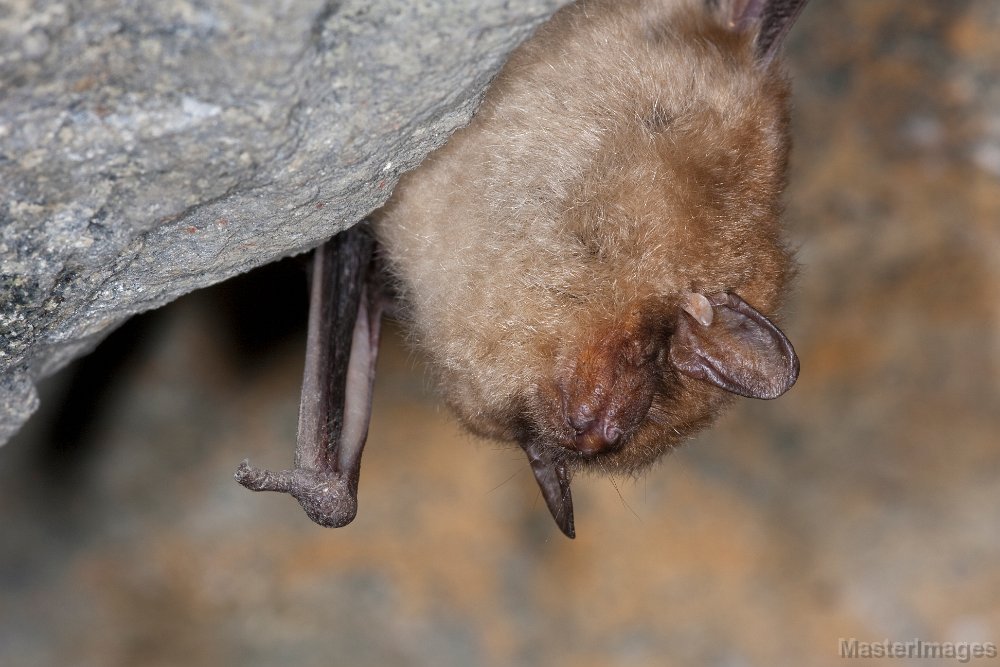
Big Brown Bat by Larry Master, www.masterimages.org
Little Brown Bats are listed as endangered on the International Union for Conservation of Nature’s Red List, with a decreasing population.

Little browns typically spend their summers in hot attics, buildings, and barns. They hibernate in caves and mines. This gregarious behavior in the winter leaves them particularly vulnerable to White Nose Syndrome, a fungus that is deadly to bats.
Bats produce one baby each summer. This low fecundity rate makes it difficult for the species to bounce back from mass die-offs that can occur during hibernation.
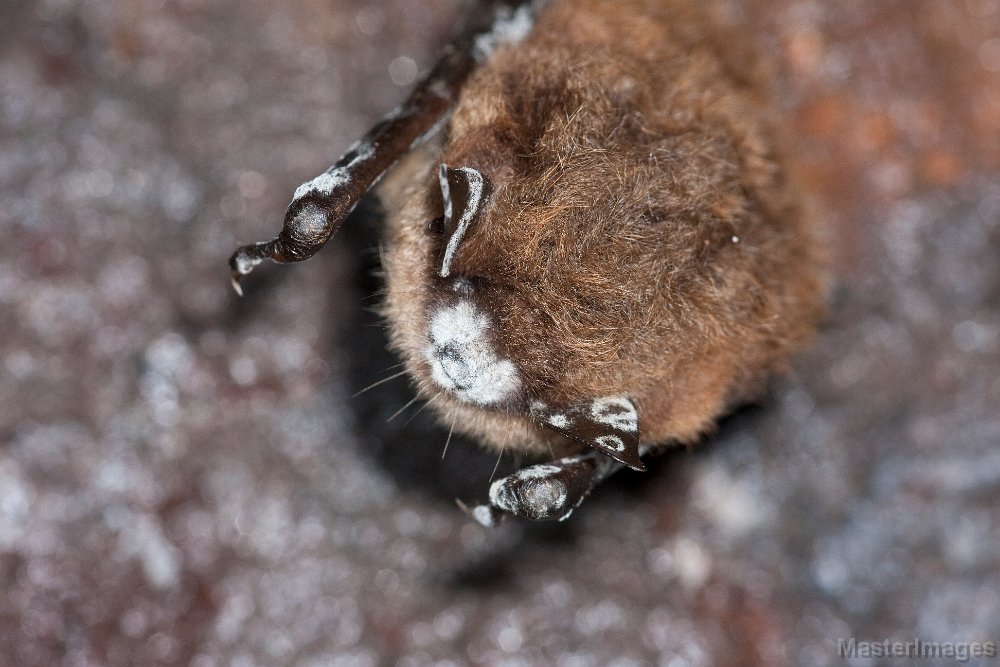
White Nose Syndrome by Larry Master, www.masterimages.org
One huge threat to bat populations is habitat destruction. Abandoned mines are sealed off which could have otherwise acted as a hibernation zone. Caves are disturbed by “spelunkers” or cave explorers during crucial resting winter periods. Bats are removed from attics with lethal methods by homeowners and exterminators.
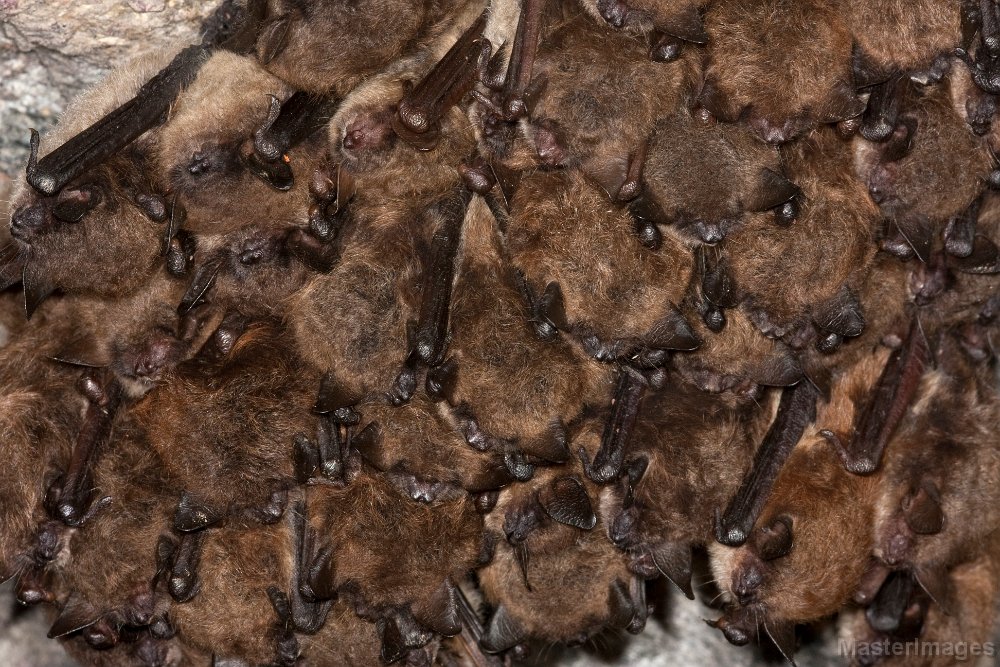
Little Brown Bat hibernating by Larry Master, www.masterimages.org
Perhaps the biggest threat of all is public misconception. Humans are often scared of bats because they have been portrayed unfairly by Hollywood.
BATS
-
are not blind
-
do not get tangled in hair
-
do not suck human blood
-
rarely carry rabies
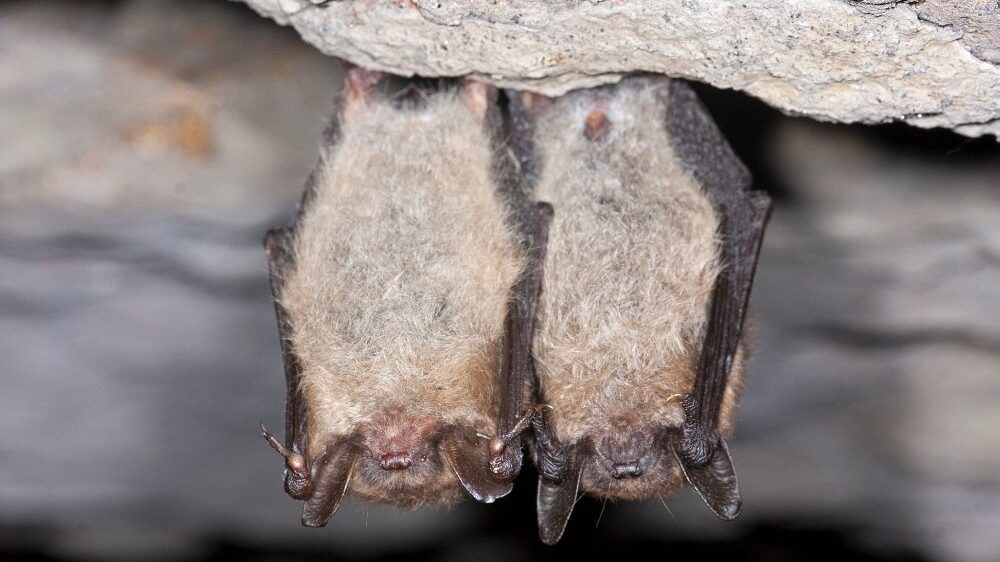
Little Brown Bat by Larry Master, www.masterimages.org
Help spread the word to educate others and save bats!
It is possible that Little Brown Bats are roosting at Broadturn Farm Preserve which makes this land even more critical to protect.
Scarborough Land Trust continues to encourage bat roosting through projects and to educate people about the importance of bats as pest-eaters (and even pollinators!).
SLT is planning to build a large roosting area at Pleasant Hill Preserve in the old barn. This will allow for bats to peacefully roost, have their young, and feed on insects over the fields in the summer.


